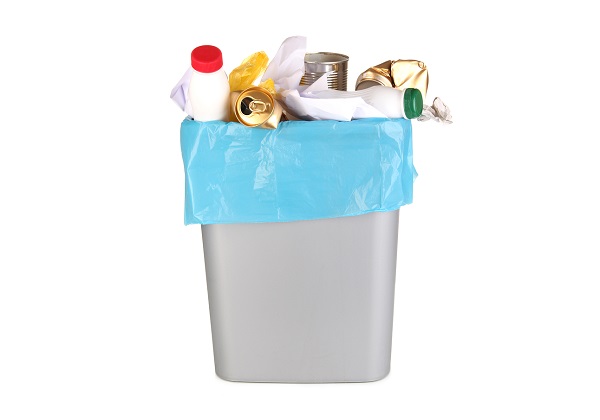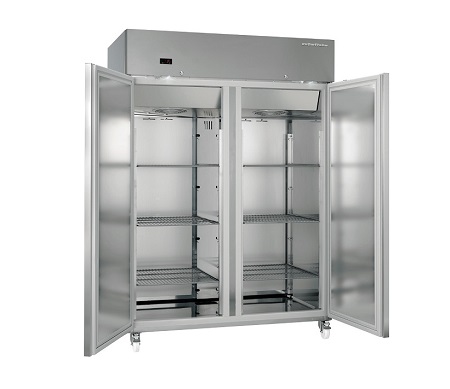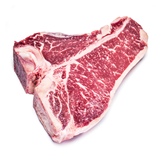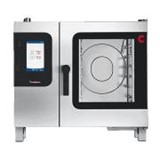There are some general and specific protocols that need to be followed to properly preserve foods and keep patrons safe and happy.
General guidelines
- FIFO (first-in first-out): The first rule of food storage is to use the oldest stock first. Date food as it is stored and be sure to place new stock behind the old.
- Don't overload refrigerators. The motor may not be able to keep the extra stock cold, and poor air circulation can create warm pockets.
- Utilise internal thermometers to ensure food is being kept cool.
Meat storage – keep as low as possible
Meat products should always be stored as low as possible in refrigeration units. Meat juice can contaminate other foods, particularly raw food that won't be cooked. Don't trust sealed wrappers or air-tight containers, as they can be punctured unknowingly.
Cold storage – keep air-tight and well spaced
Oxygen is an enemy of refrigerated product. It decreases shelf life and increases the risk of spoilage. Food should be stored in air-tight containers and dated before being placed into a cooler. Storage containers should have space between each other once stored, as refrigeration units rely on air circulation.
Dry goods – keep off the floor
Packaged food should be stored in air-tight containers once opened. Sealable bins are a good practice for bagged and boxed stock like sugar, flour, rice etc.
Sturdy shelving units (galvanised or stainless steel are ideal) should be used, and food should never be placed directly on the floor. Regulations vary, but the lowest shelf should be at least 250mm off the floor to protect the food and allow for easy cleaning. Cans and other packaging can become tainted on a floor and that contamination can be transferred to food prep areas.
Shelves also need space from the walls and ceilings to ensure air flow. Stale air promotes bacterial growth, as does food spilled on shelving units. Spills should be cleared as they happen and shelving units should be cleaned on a regular basis.
When in doubt, throw it out

The famous last words of "does this smell funny?" or "I think it's okay" may fly at home, but not in a restaurant. If food hasn't been properly dated, refrigerated, stored, and there is any doubt whatsoever, don't put customers at risk.
Avoid contamination by separating storage areas
The kitchen area should include adequate storage for cleaning products and equipment, dirty linens, chemicals, non-food-use equipment, personal belongings of employees and office equipment. Contaminants can be brought in on the bottom of bags; if an employee places that bag on a food prep or food storage area, there is a risk of serving tainted food.




